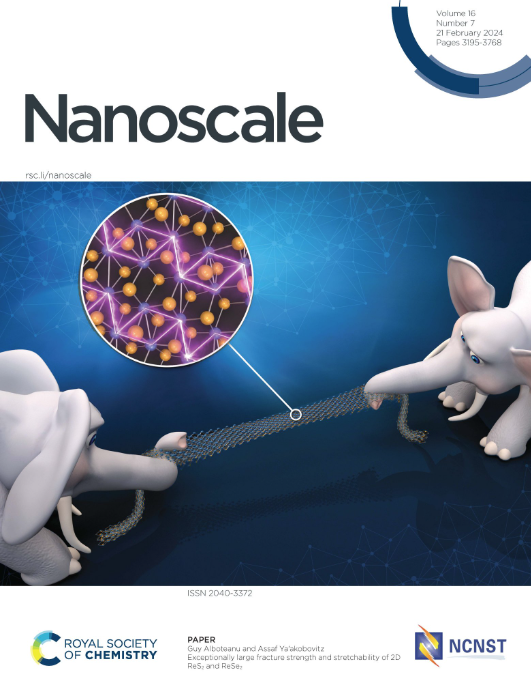Advances in Ga2O3-based memristor devices, modeling, properties, and applications for low power neuromorphic computing
IF 5.8
3区 材料科学
Q1 CHEMISTRY, MULTIDISCIPLINARY
引用次数: 0
Abstract
About a decade ago, gallium oxide (Ga2O3) was found to be a very attractive ultrawide-bandgap (4.6–4.9 eV) semiconductor for next-generation low-power devices. Ga2O3 materials have attracted a lot of scientific and technical interest because of their outstanding properties and numerous application opportunities in the field of semiconductor based memristor technology. This review is focused on Ga2O3 thin-film memristors for smart technologies. The capacitance behavior of memristors is very important for adapting nonlinear memristor responses. Also, this comprehensive review explores in depth the ideas, device construction, and manufacturing procedures for Ga2O3-based memristor devices. To improve the device's behavior and performance improvement, a detailed analysis of many modeling and simulation techniques is given. Also, advanced characterization techniques, such as electrical, structural, and thermal evaluations, for studying artificial optoelectronic synaptic characteristics, which are important for use in computational neuroscience, are discussed in detail. The synaptic activities revealed that learning and memory processes were aided by potentiation and depression similar to those found in biological synapses. The most notable accomplishment is the realization of quaternary memory storage in a single device. This idea is supported by empirical evidence and simulations, which demonstrate the possibility of storing and maintaining multiple memory states. This study establishes oxide semiconductor memristors as a doorway to quaternary memory storage and improved synaptic functioning, paving the way for optoelectronic synaptic devices with greater memory capacity.

低功耗神经形态计算中基于ga2o3的忆阻器器件、建模、性能和应用进展
大约十年前,氧化镓(Ga2O3)被发现是一种非常有吸引力的超宽带隙(4.6-4.9 eV)半导体,用于下一代低功耗器件。Ga2O3材料因其优异的性能和在半导体基忆阻器技术领域的大量应用机会而引起了许多科学和技术的兴趣。本文综述了用于智能技术的Ga2O3薄膜忆阻器。忆阻器的电容特性对于适应非线性忆阻响应是非常重要的。此外,本文还深入探讨了基于ga2o3的忆阻器器件的思想、器件结构和制造过程。为了改善器件的性能,详细分析了多种建模和仿真技术。此外,还详细讨论了用于研究人工光电突触特性的先进表征技术,如电学,结构和热评估,这对计算神经科学的应用很重要。突触活动表明,学习和记忆过程是由增强和抑制,类似于在生物突触中发现的。最显著的成就是在单个器件上实现了四元存储器的存储。这一观点得到了经验证据和模拟的支持,证明了存储和维持多种记忆状态的可能性。本研究建立了氧化物半导体忆阻器作为四元记忆存储和改善突触功能的门户,为具有更大存储容量的光电突触器件铺平了道路。
本文章由计算机程序翻译,如有差异,请以英文原文为准。
求助全文
约1分钟内获得全文
求助全文
来源期刊

Nanoscale
CHEMISTRY, MULTIDISCIPLINARY-NANOSCIENCE & NANOTECHNOLOGY
CiteScore
12.10
自引率
3.00%
发文量
1628
审稿时长
1.6 months
期刊介绍:
Nanoscale is a high-impact international journal, publishing high-quality research across nanoscience and nanotechnology. Nanoscale publishes a full mix of research articles on experimental and theoretical work, including reviews, communications, and full papers.Highly interdisciplinary, this journal appeals to scientists, researchers and professionals interested in nanoscience and nanotechnology, quantum materials and quantum technology, including the areas of physics, chemistry, biology, medicine, materials, energy/environment, information technology, detection science, healthcare and drug discovery, and electronics.
 求助内容:
求助内容: 应助结果提醒方式:
应助结果提醒方式:


